Convention on Biological Diversity (CBD)
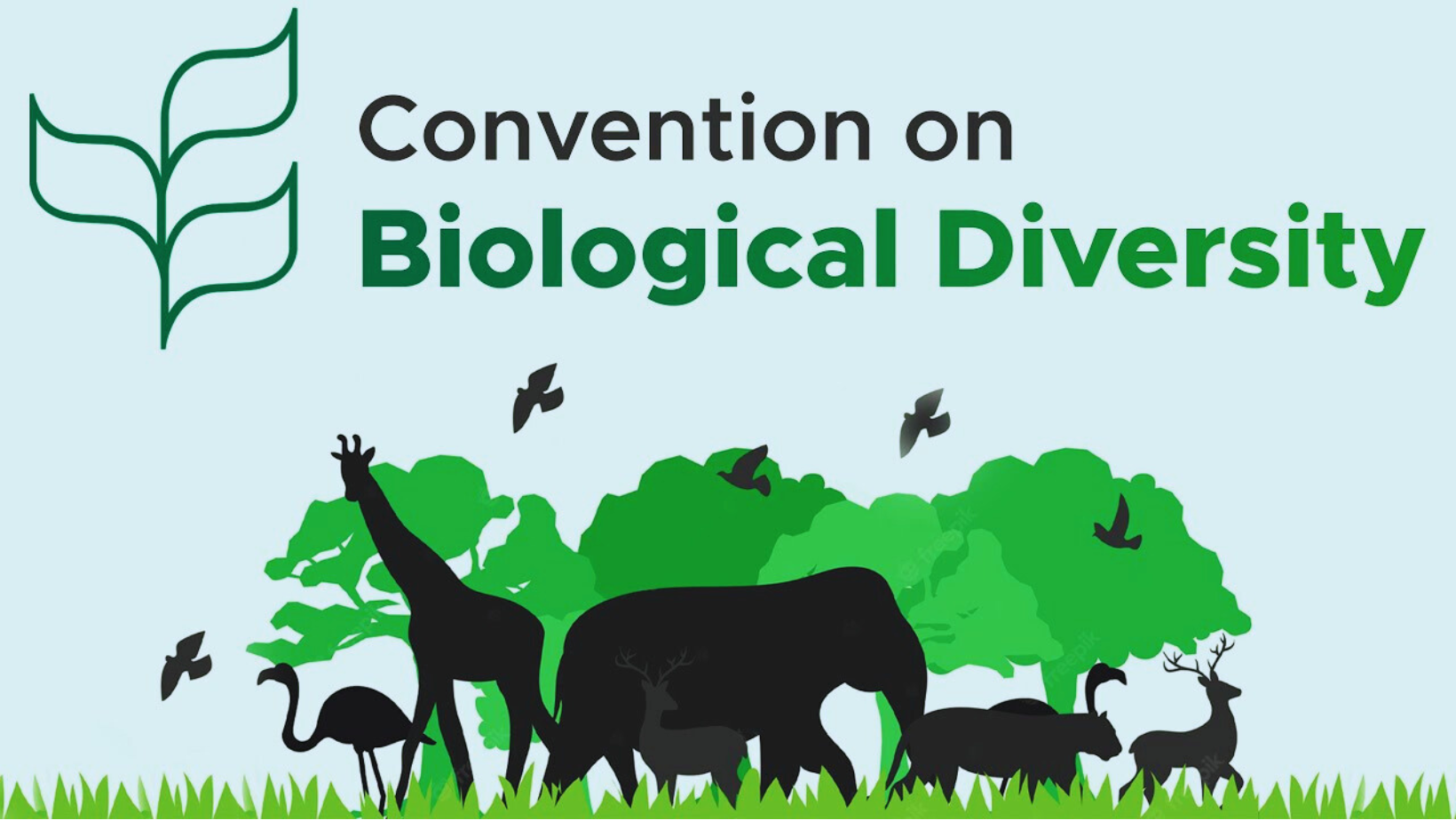
- 14 May 2024
Why is it in the News?
Technical experts from across the world are gathered at the United Nations headquarters in Kenya in preparation for the 16th Conference of Parties to the Convention on Biological Diversity (COP16).
About the Convention on Biological Diversity (CBD):
- The Convention on Biological Diversity (CBD), known informally as the Biodiversity Convention, is a multilateral treaty that has the main objective of developing national strategies for the conservation and sustainable use of biological diversity.
- It is a multilateral treaty established in 1992 at the United Nations Conference on Environment and Development (also known as the Earth Summit) held in Rio de Janeiro, Brazil.
- Signed by 150 government leaders, the Convention on Biological Diversity is dedicated to promoting sustainable development.
- Conceived as a practical tool for translating the principles of Agenda 21 into reality, the Convention recognizes that biological diversity is about more than plants, animals and microorganisms and their ecosystems – it is about people and our need for food security, medicines, fresh air and water, shelter, and a clean and healthy environment in which to live.
The CBD has so far produced two important international agreements:
- The Cartagena Protocol on biosafety entered into force in 2003, seeks to protect the environment from the potential risks of Genetically Modified (GM) organisms.
- The Cartagena Protocol on Biosafety to the Convention on Biological Diversity is an international treaty governing the movements of living modified organisms (LMOs) resulting from modern biotechnology from one country to another.
- It aims to ensure the safe handling, transport, and use of living-modified organisms (LMOs) that may have adverse effects on biological diversity, taking into account human health, especially focusing on transboundary movements.
- The protocol was adopted in January 2000 in Cartagena, Colombia, and entered into force on September 11, 2003.
- The Nagoya Protocol on Access to Genetic Resources entered into force in 2014, aims at sharing the benefits arising from the utilisation of genetic resources in a fair and equitable way.
- The Nagoya Protocol on Access to Genetic Resources and the Fair and Equitable Sharing of Benefits Arising from their Utilization is a supplementary agreement to the Convention on Biological Diversity.
- It provides a legal framework for the fair and equitable sharing of benefits arising from the utilization of genetic resources, with a particular focus on ensuring that benefits are shared with the countries and communities that provide those resources.
- The protocol aims to promote the conservation and sustainable use of biodiversity while also respecting the rights of indigenous and local communities over their traditional knowledge and genetic resources.
- It was adopted in Nagoya, Japan, in 2010 and entered into force in 2014.
- The Conference has also implemented many positive decisions that have contributed to the promotion of environmental integrity and the rights of Indigenous Peoples and Local Communities.
- In 2010, the conference in Nagoya adopted a Strategic Plan for Biodiversity, including the Aichi Biodiversity Targets for the 2011-2020 period.
- The convention provides a framework for member countries to develop national strategies and action plans for the conservation and sustainable use of biological diversity.
- As of now, 196 countries have ratified the convention, making it a widely accepted and crucial international agreement for addressing global environmental issues.
Silk Cotton Tree
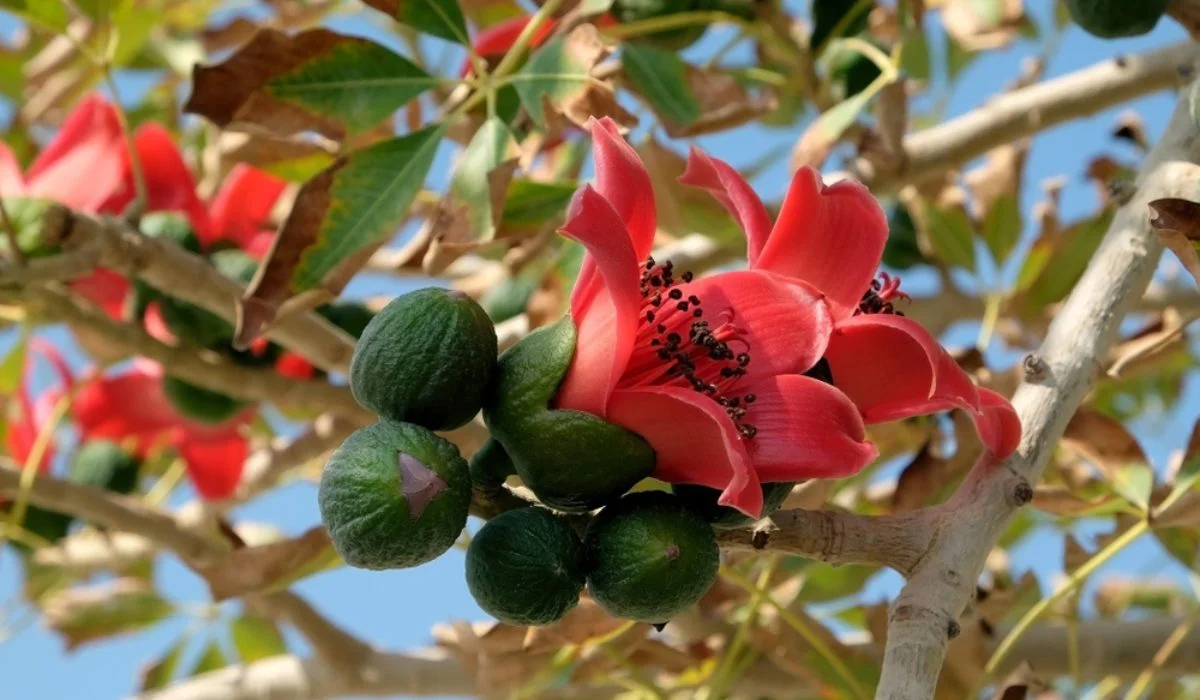
- 14 May 2024
Why is it in the News?
Silk cotton trees are dwindling in south Rajasthan, triggering a chain of detrimental effects on both the forests and the local populace in the region.
About Silk Cotton Tree:
- The silk cotton tree, or the semal tree is a type of native cotton tree with large red flowers.
- The genus name Salmalia is derived from the Sanskrit name Shaalmali.
- Silk cotton trees comprise eight species in the genus Bombax, native to India, tropical southern Asia, northern Australia and tropical Africa.
- These trees bear beautiful red-coloured flowers from January to March and the fruit on maturity appears during March and April.
- These are full of cotton-like fibrous stuff.
- It is for the fibre that villagers gather the semul fruit and extract the cotton substance called "kopak".
- This substance was once used for stuffing pillows, sofas and mattresses.
- The fruit is cooked and eaten and also pickled.
- Semul is quite a fast-growing tree and can attain a girth of 2 to 3 m, and a height of about 30 m, in nearly 50 years or so.
- It thrives in moist deciduous and semi-evergreen forests, as well as in plains, with occasional sightings in coastal areas and up to 1400 m in hilly regions.
- The tree is not particularly frost-tolerant and may get damaged by prolonged exposure to cold temperatures.
- Among the Garasia tribe in Rajasthan, the tree holds cultural significance, with some believing their lineage traces back to semal trees.
Distribution:
- Its distribution spans across various regions in India, including Andaman & Nicobar Island, Assam, Bihar, Kerala, Madhya Pradesh, Maharashtra, Odisha, Punjab, Rajasthan, and Uttar Pradesh.
Importance of the Tree:
- The tree's importance lies in its resistance to fire and its renowned cooling properties, making it valuable for land reclamation efforts.
- It generates abundant biomass each season and aids in carbon sequestration by shedding leaves before flowering.
- The late flowering of the small tree is considered by some researchers as a potential indicator of a hot summer or delayed monsoon.
- The silk cotton tree is known for its medicinal properties.
- The tree’s bark, leaves, and seeds are utilised in traditional medicine to cure various ailments, including fever, diarrhoea and skin conditions.
- The tree is also used as a natural remedy for wounds and cuts.
- The tree also serves as a habitat for rock bees, as its spikes deter sloth bears, and its reddish roots are consumed by tribal communities during the monsoon.
- Furthermore, it offers opportunities for agroforestry and provides essential resources like food, fodder, and fuelwood, with its wood being used by various tribes for crafting musical instruments and utensils.
OpenAI’s GPT-4o
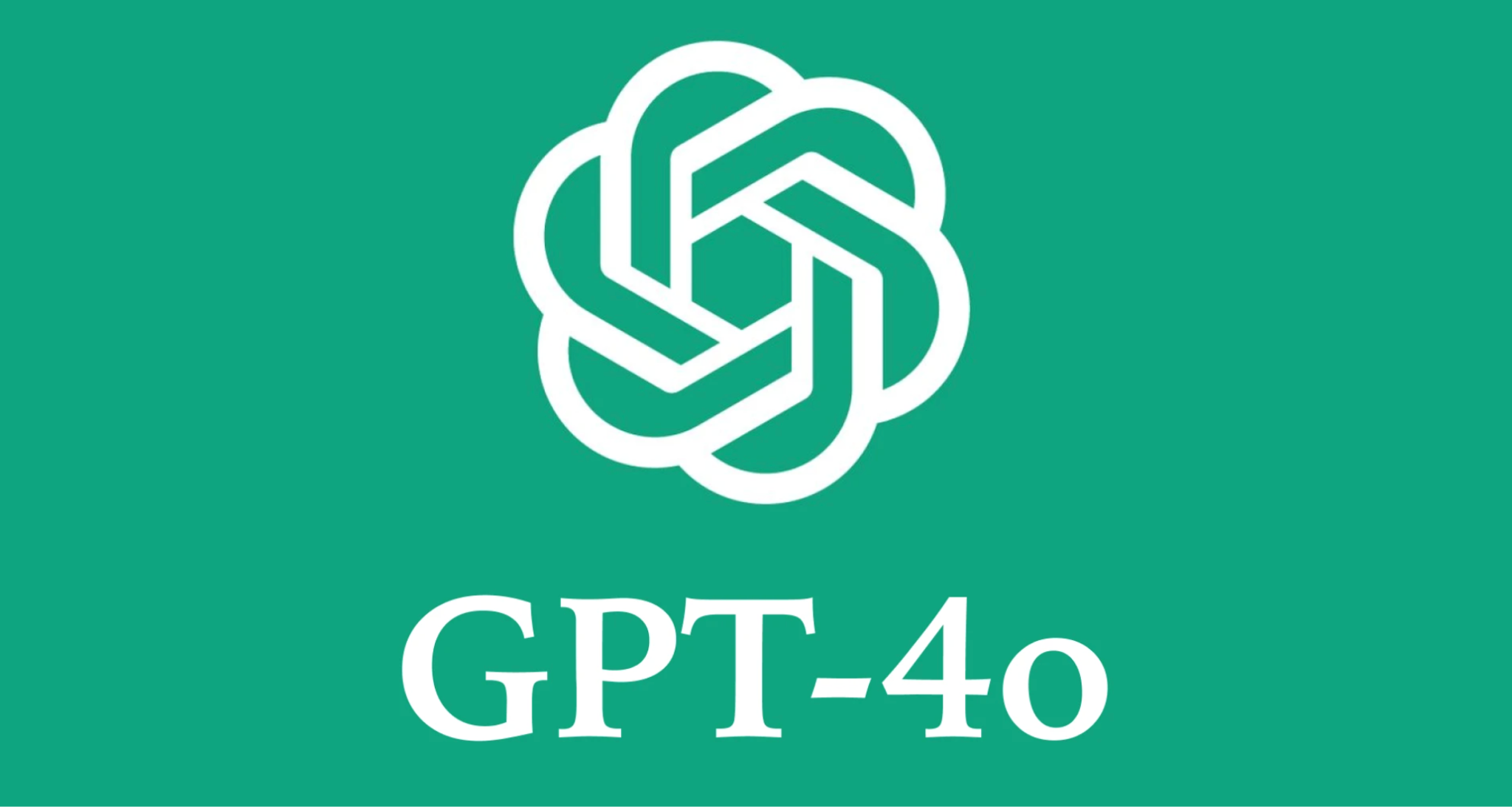
- 14 May 2024
Why is it in the News?
OpenAI introduced its latest large language model (LLM) called GPT-4o recently, billing it as its fastest and most powerful AI model so far.
What is GPT-4o?
- GPT-4o (“o” stands for “Omni”) is a revolutionary AI model by OpenAI, which has been developed to enhance human-computer interactions.
- It lets users input any combination of text, audio, and image and receive responses in the same formats.
- This makes GPT-4o a multimodal AI model – a significant leap from previous models.
- GPT-4o is like a digital personal assistant that can assist users with a variety of tasks.
- From real-time translations to reading a user’s face and having real-time spoken conversations, this new model is far ahead of its peers.
- GPT-4o is capable of interacting using text and vision, meaning it can view screenshots, photos, documents, or charts uploaded by users and have conversations about them.
- The new updated version of ChatGPT will also have updated memory capabilities and will learn from previous conversations with users.
What is the technology behind GPT-4o?
- LLMs are the backbone of AI chatbots. Large amounts of data are fed into these models to make them capable of learning things themselves.
- A large language model (LLM) is a computer program that learns and generates human-like language using a transformer architecture trained on vast text data.
- Large Language Models (LLMs) are foundational machine learning models that use deep learning algorithms to process and understand natural language.
- These models are trained on massive amounts of text data to learn patterns and entity relationships in the language.
- LLMs can perform many types of language tasks, such as translating languages, analyzing sentiments, chatbot conversations, and more.
- They can understand complex textual data, identify entities and relationships between them, and generate new text that is coherent and grammatically accurate.
What are GPT-4o’s limitations and safety concerns?
- GPT-4o is still in the early stages of exploring the potential of unified multimodal interaction, meaning certain features like audio outputs are initially accessible in a limited form only, with preset voices.
- Further development and updates are necessary to fully realise its potential in handling complex multimodal tasks seamlessly.
- Regarding safety, GPT-4o comes with built-in safety measures, including “filtered training data and refined model behaviour post-training”.
International Bullion Exchange (IIBX)
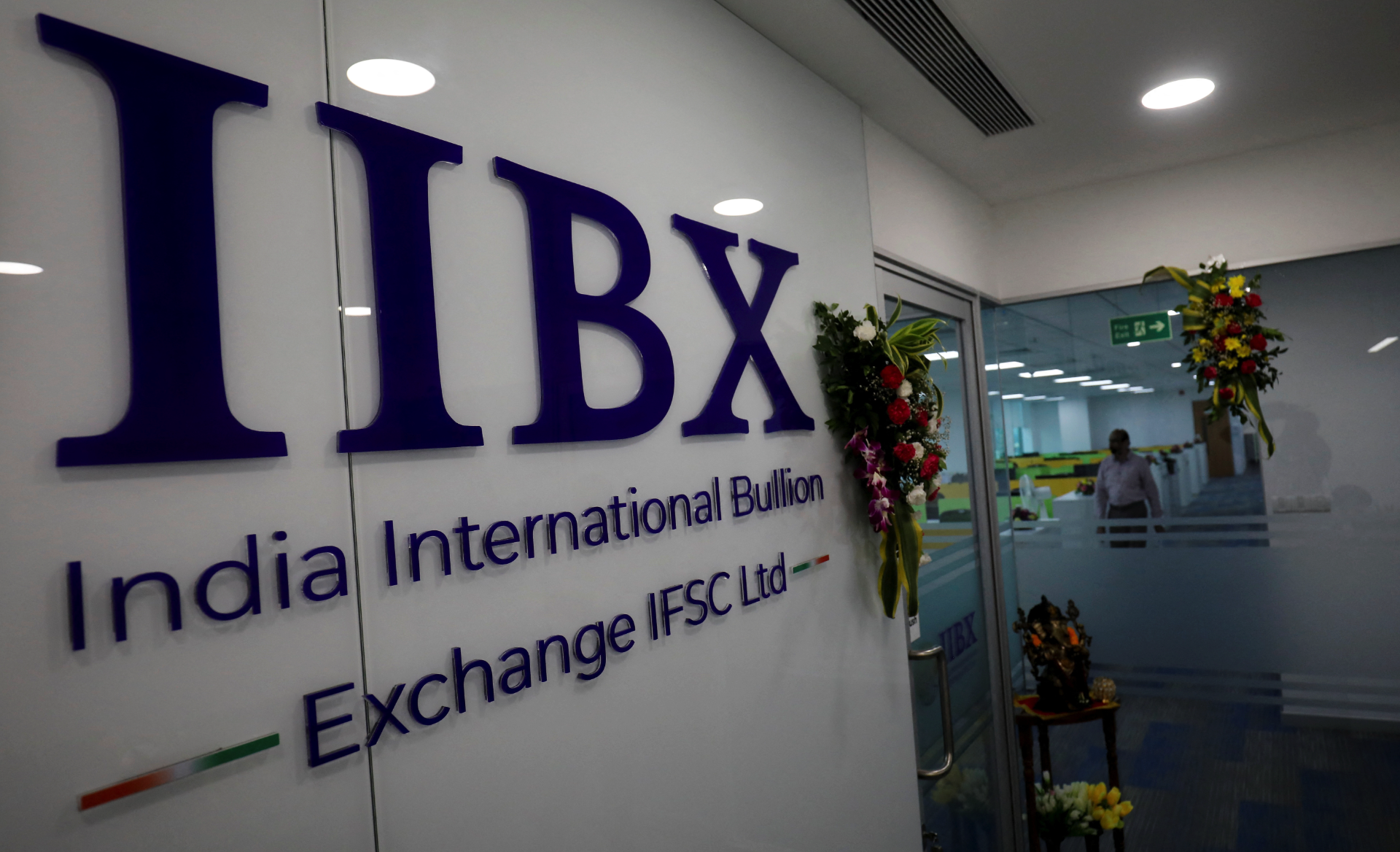
- 14 May 2024
Why is it in the News?
The State Bank of India (SBI) recently announced that it has secured the distinction of being the first bank to become a trading-cum-clearing (TCM) Member of the India International Bullion Exchange at the GIFT City in Gujarat.
What is the International Bullion Exchange (IIBX)?
- India International Bullion Exchange (IIBX) is India's first International Bullion Exchange.
- It is situated within the Gujarat International Finance Tech City (GIFT City) IFSC in Gandhinagar, Gujarat.
- Conceptualized to serve as a premier platform for importing bullion into India, IIBX aims to establish a world-class ecosystem for bullion trading, fostering investment in bullion financial products, and providing top-tier vaulting facilities.
What is Bullion?
- Bullion refers to high-purity physical gold and silver, typically stored in the form of bars, ingots, or coins.
- While sometimes recognized as legal tender, bullion primarily serves as a reserve for central banks and institutional investors.
Key Features:
- Transparent Price Discovery: IIBX prioritizes transparent price discovery mechanisms, ensuring fair and equitable transactions.
- Responsible Sourcing and Supply Chain Integrity: Emphasizing ethical practices, IIBX upholds responsible sourcing and supply chain integrity standards.
- Quality Assurance and Standardization: IIBX maintains rigorous quality assurance protocols and standardized practices to uphold the integrity of traded bullion.
Regulation and Oversight:
- Under the governance of the International Financial Services Centers Authority (IFSCA), IIBX operates under a unified regulatory framework dedicated to the development and oversight of financial products, services, and institutions within IFSCs.
Competitive Advantage:
- Offering a diverse array of products and cutting-edge technology, IIBX provides cost-effective solutions unparalleled by Indian exchanges and global counterparts in major financial hubs like Hong Kong, Singapore, Dubai, London, and New York.
What is the International Financial Services Centers Authority (IFSCA)?
- The International Financial Services Centers Authority (IFSCA) is a regulatory body established in India to oversee and regulate financial products, services, and institutions operating within International Financial Services Centers (IFSCs).
- IFSCA was formed to develop and promote the financial ecosystem within IFSCs, ensuring compliance with international standards and best practices.
- It regulates various entities such as banking, insurance, securities markets, and other financial intermediaries to foster growth and innovation in the financial sector within IFSCs.
- IFSCA's jurisdiction includes Gujarat International Finance Tech City (GIFT City) IFSC in Gandhinagar, Gujarat, which serves as a hub for international financial activities in India.
United Nations Office on Drugs and Crime (UNDOC)
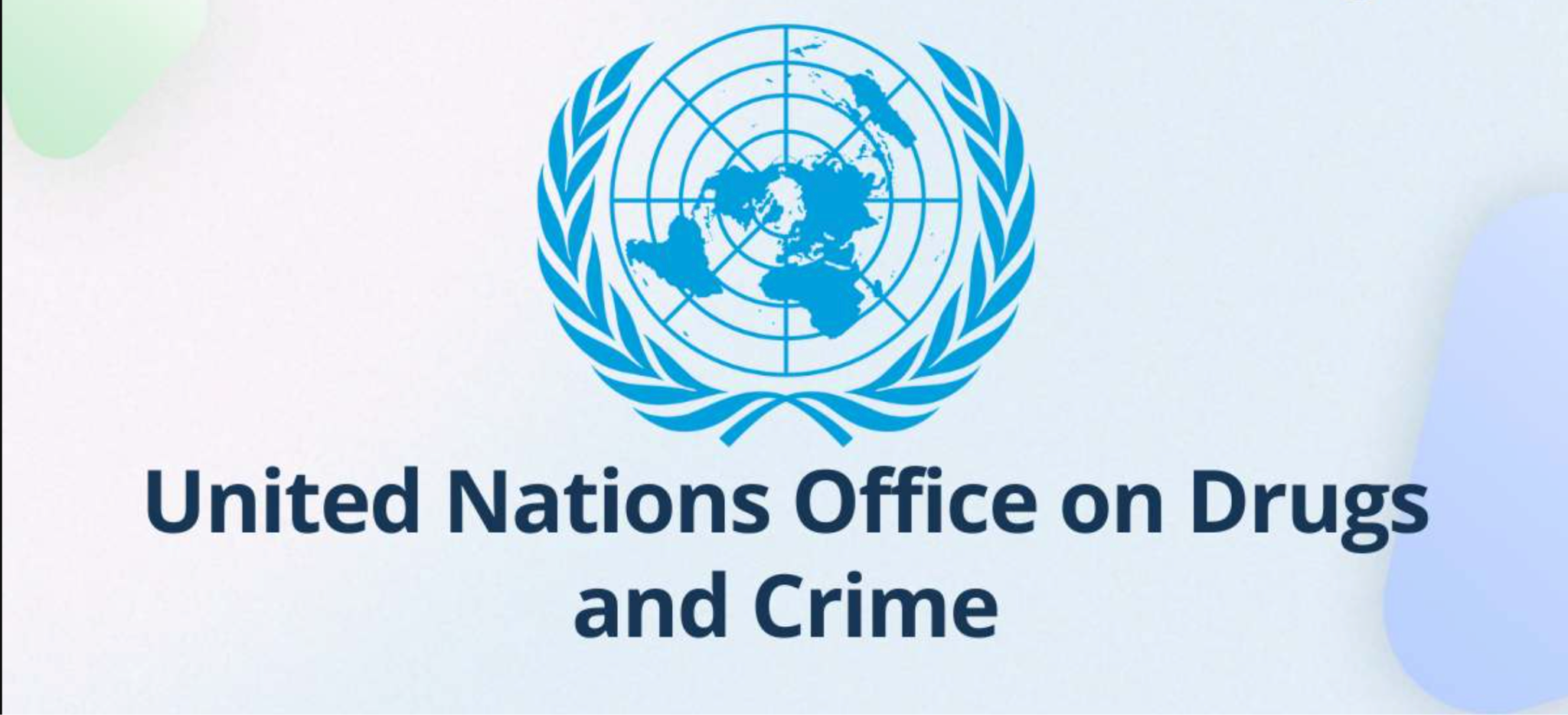
- 14 May 2024
Why is it in the News?
The United Nations Office on Drugs and Crime released the 2024 World Wildlife Crime Report on May 13, 2024.
About the United Nations Office on Drugs and Crime (UNODC):
- The United Nations Office on Drugs and Crime (UNODC) is a global organization that operates under the umbrella of the United Nations and serves as a leading authority in the fight against illicit drugs, organized crime, corruption, and terrorism.
- UNODC works to promote justice, security, and integrity in various areas related to crime prevention and criminal justice.
Objectives:
- The primary objectives of UNODC are to assist member states in their efforts to combat drug trafficking, reduce drug abuse and its associated health and social consequences, dismantle transnational organized criminal networks, prevent and address corruption, counter terrorism, and promote the rule of law and effective criminal justice systems.
History of UNODC:
- It was established in 1997 through the merger of two precursor entities:
- The United Nations Drug Control Programme (UNDCP) - It was founded in 1991 as a response to the growing global drug problem.
- Its primary focus was to coordinate and support international efforts in combating illicit drug production, trafficking, and drug abuse.
- The Centre for International Crime Prevention (CICP) - The CICP, established in 1992, aimed to address a broader range of transnational crimes, including organized crime, corruption, and terrorism.
- The United Nations Drug Control Programme (UNDCP) - It was founded in 1991 as a response to the growing global drug problem.
- The merger of these two entities resulted in the creation of UNODC, which brought together expertise and resources in the fields of drug control and crime prevention under a unified structure.
- Since its inception, UNODC has expanded its mandate and activities to encompass a wide range of global challenges related to drugs, crime, corruption, and terrorism.
The mandate of UNODC:
- The mandate of UNODC is derived from several United Nations General Assembly resolutions and international conventions.
- The organization operates within the framework of the United Nations principles and aims to support member states in implementing these conventions and addressing the various aspects of crime and drug-related challenges.
Funding:
- It relies on voluntary contributions, mainly from governments, to carry out the majority of our work.
- Headquarters: Vienna, Austria
The Main Areas of UNODC's:
- Fighting Drugs: Implementing global drug control conventions, aiding in prevention and treatment, disrupting trafficking networks, and fostering international cooperation.
- Tackling Organized Crime: Helping states build legal frameworks, dismantle criminal networks, strengthen border control, and analyze emerging threats.
- Anti-Corruption Efforts: Supporting UNCAC implementation, establishing commissions, recovering stolen assets, and promoting integrity in public and private sectors.
- Strengthening Criminal Justice: Enhancing law enforcement, judiciary, and prison systems, improving access to justice, supporting rehabilitation, and promoting international legal standards.
- Combating Terrorism: Assisting in legal frameworks, enhancing law enforcement capacities, countering terrorist financing, and addressing online radicalization.
- Addressing Human Trafficking and Migrant Smuggling: Developing strategies, strengthening legislation, aiding victim protection, and fostering international cooperation.
What is the World Wildlife Crime Report?
- The World Wildlife Crime Report, now in its third edition (2024), continues the tradition established by earlier editions published in 2016 and 2020.
- It delves into trends related to the illegal trafficking of protected wildlife species, providing comprehensive analyses of the harms and impacts of wildlife crime.
- Furthermore, it investigates the driving factors behind wildlife trafficking trends and assesses the effectiveness of various interventions aimed at addressing this complex issue.
